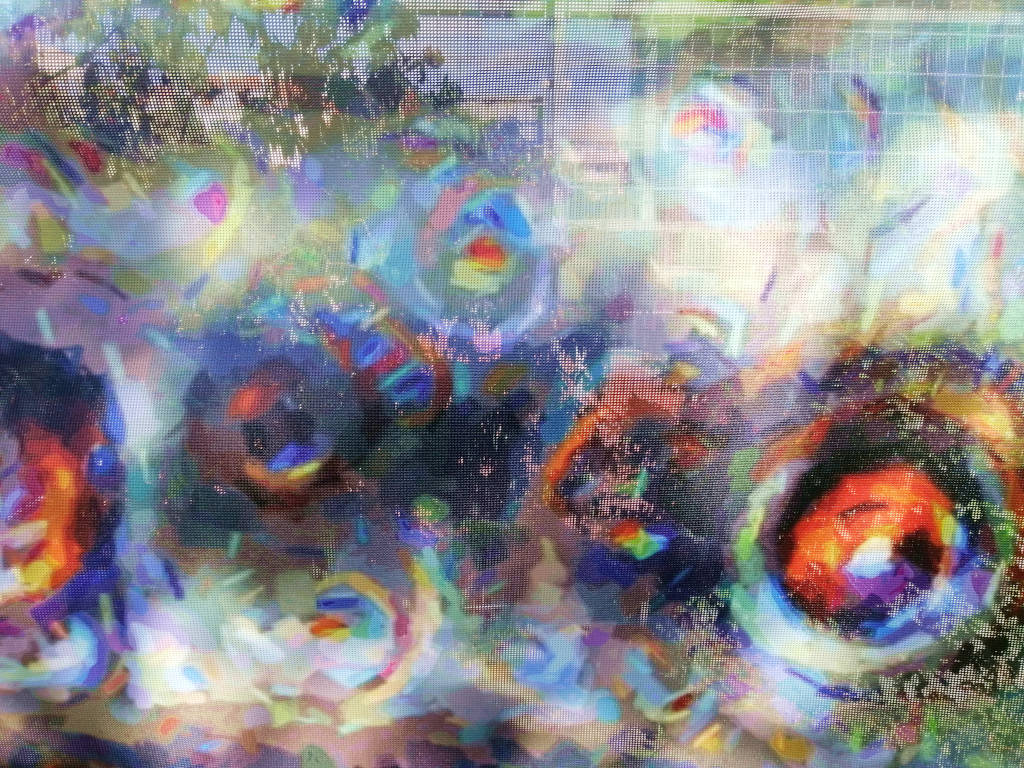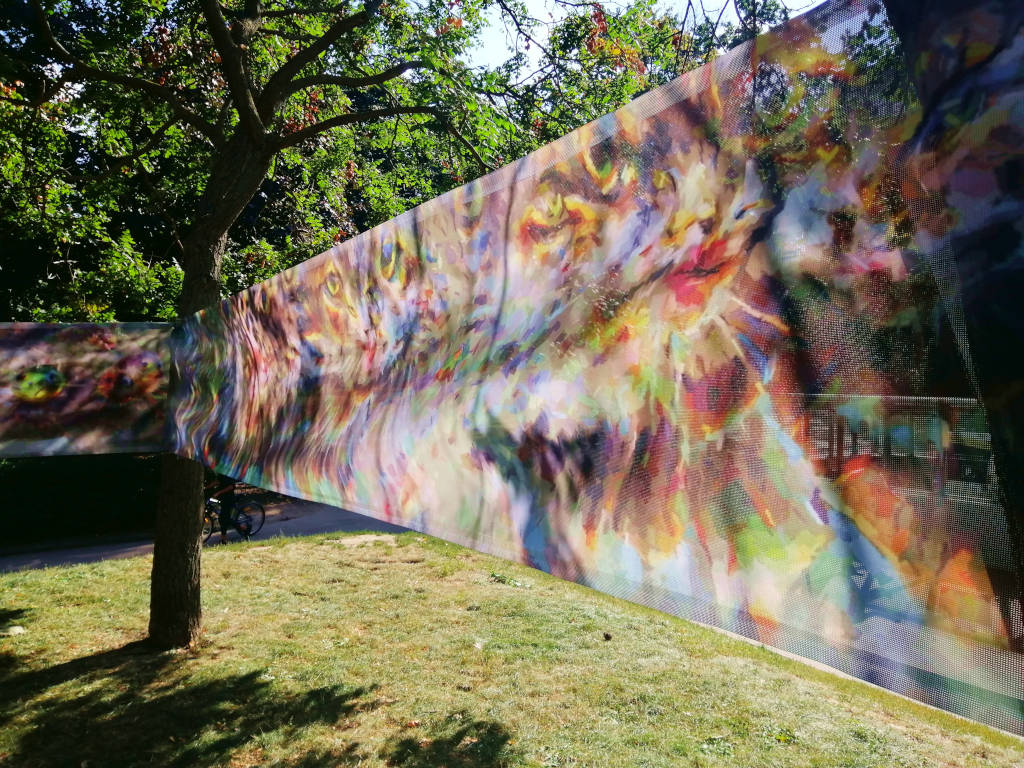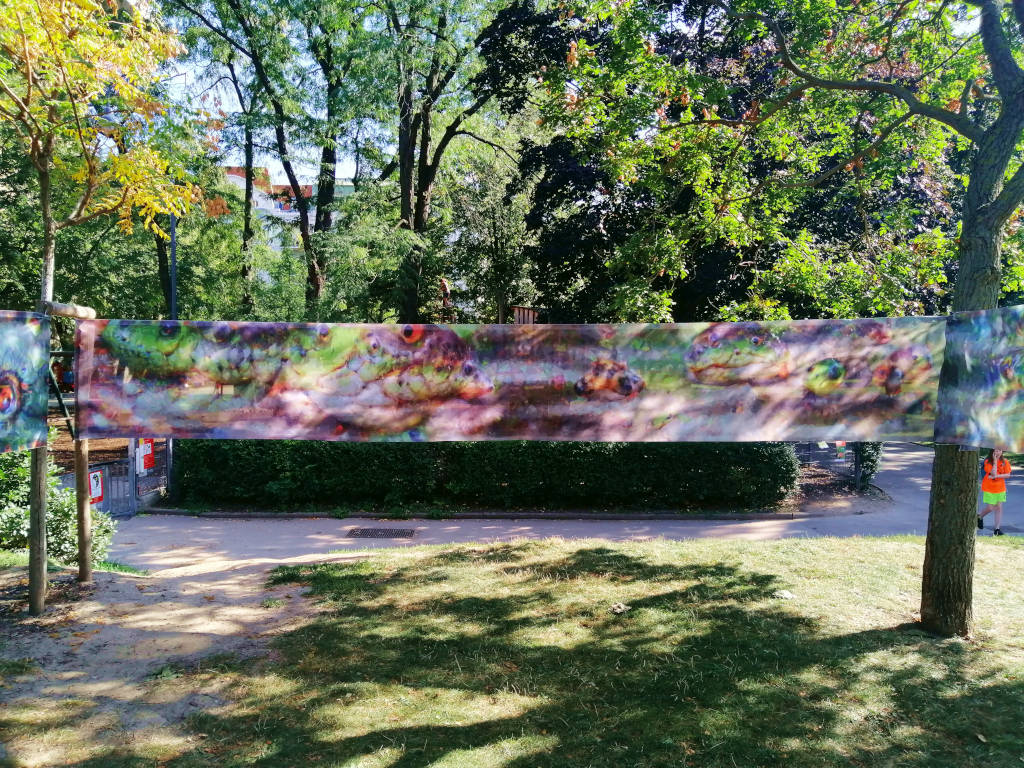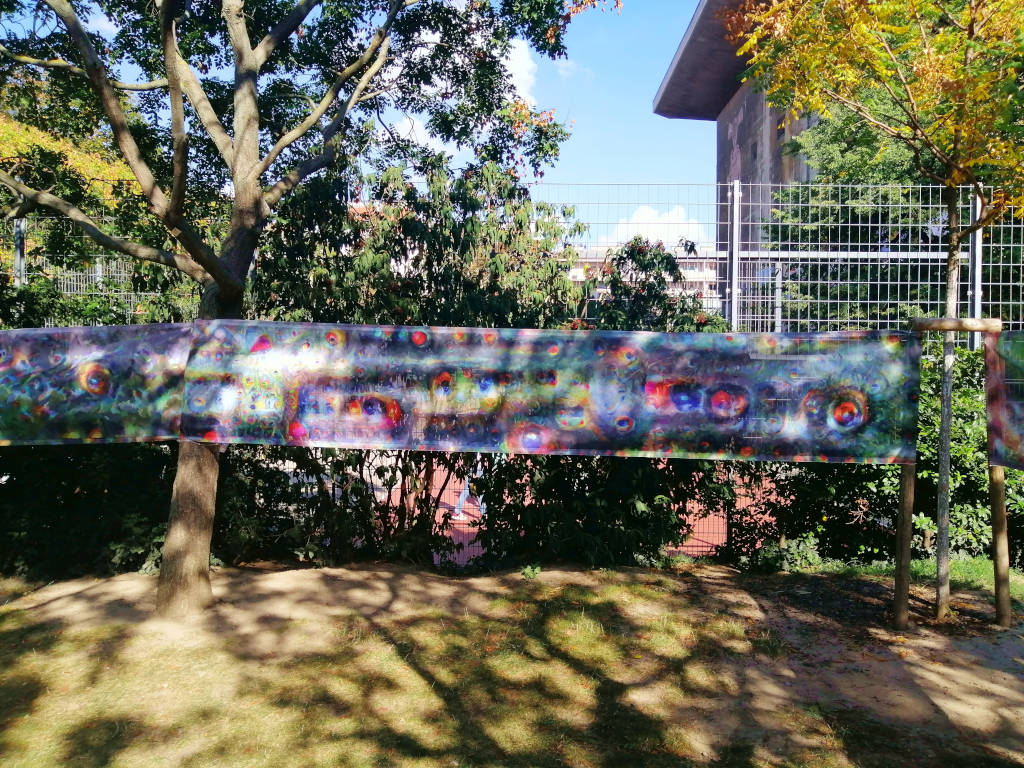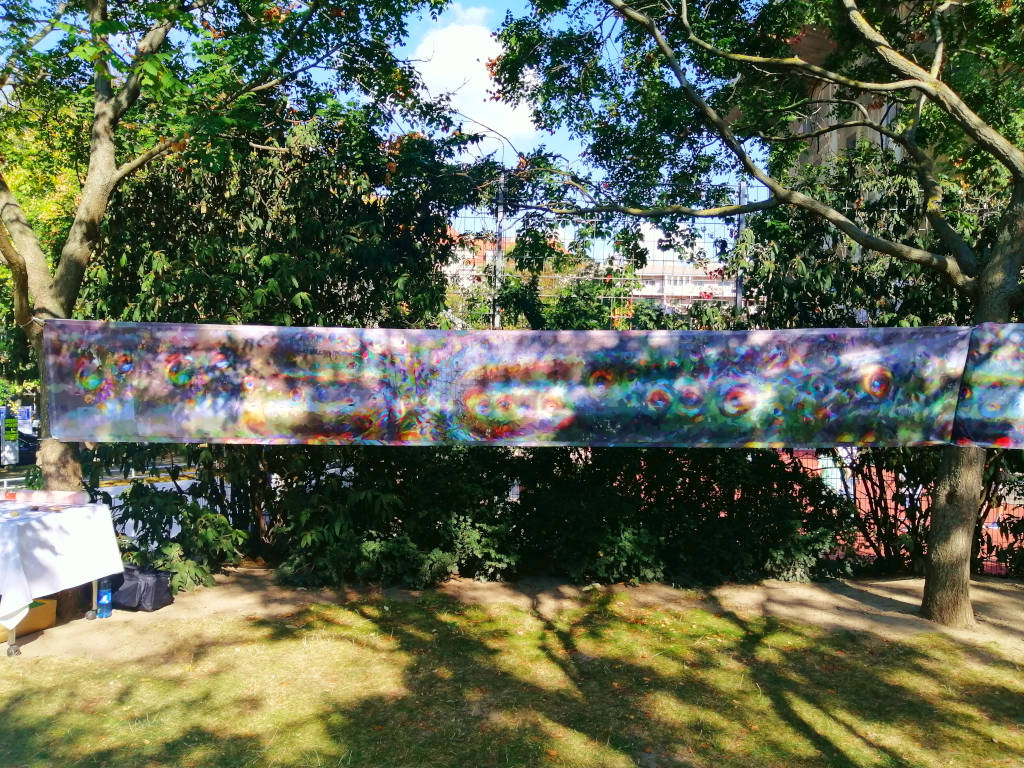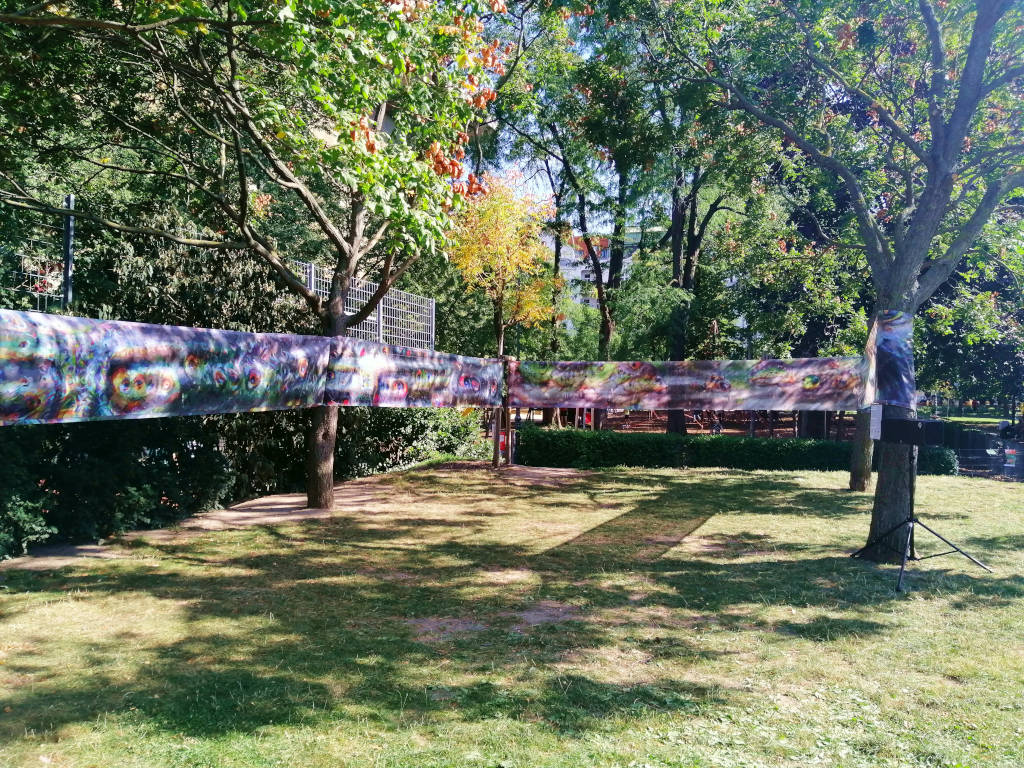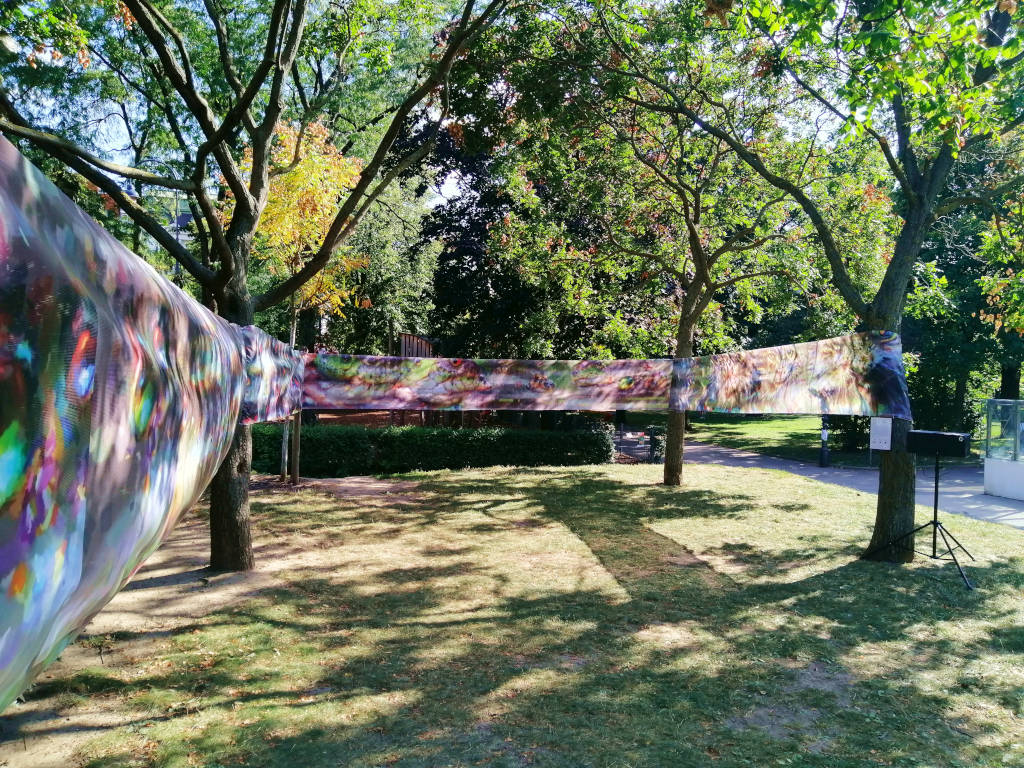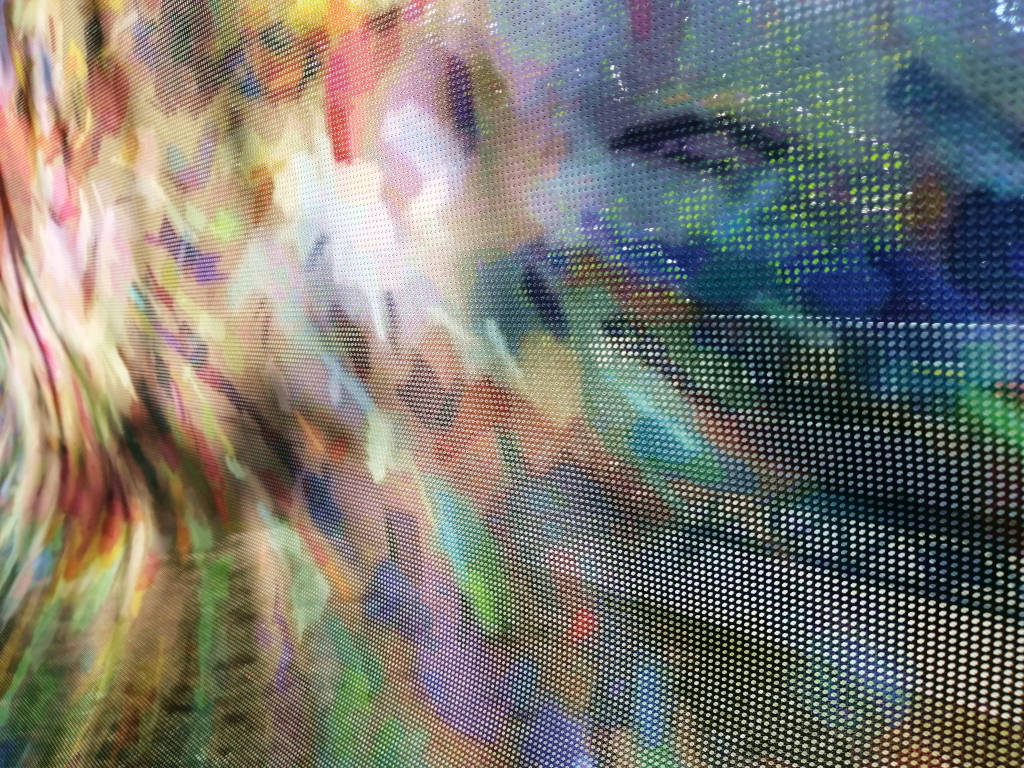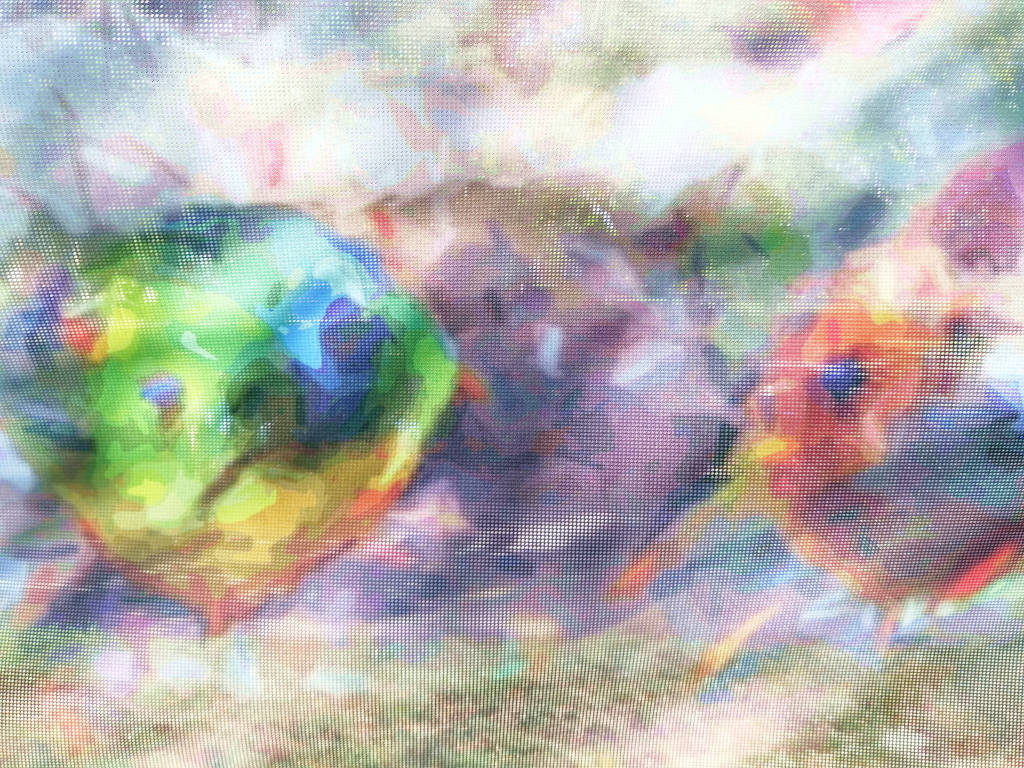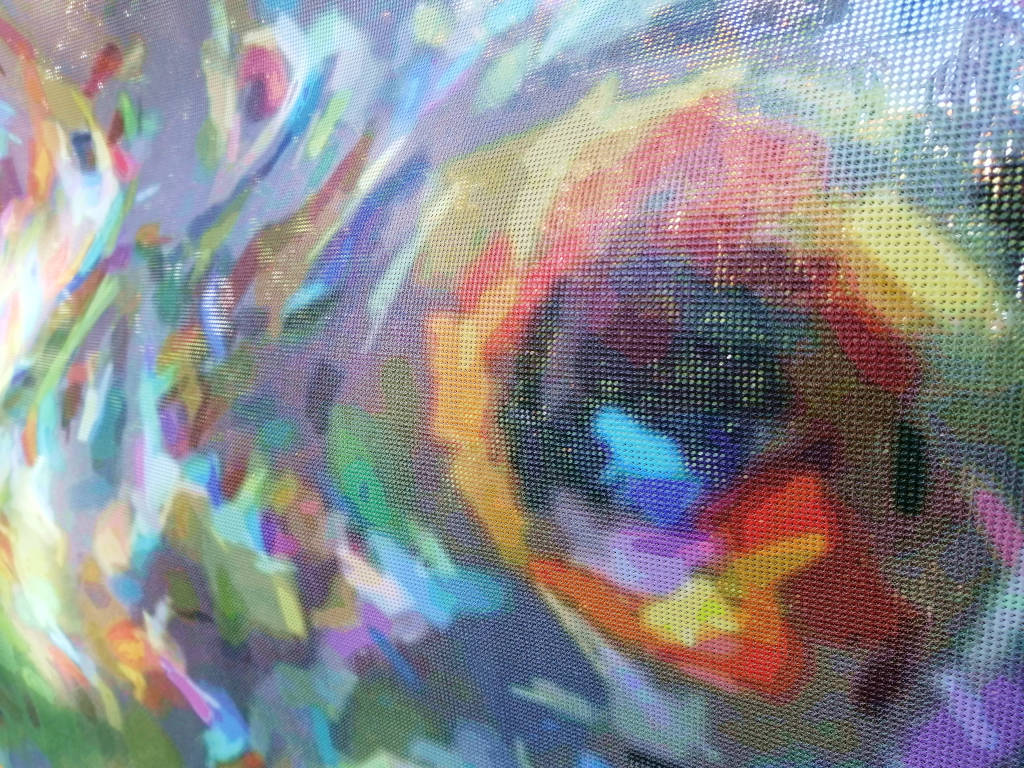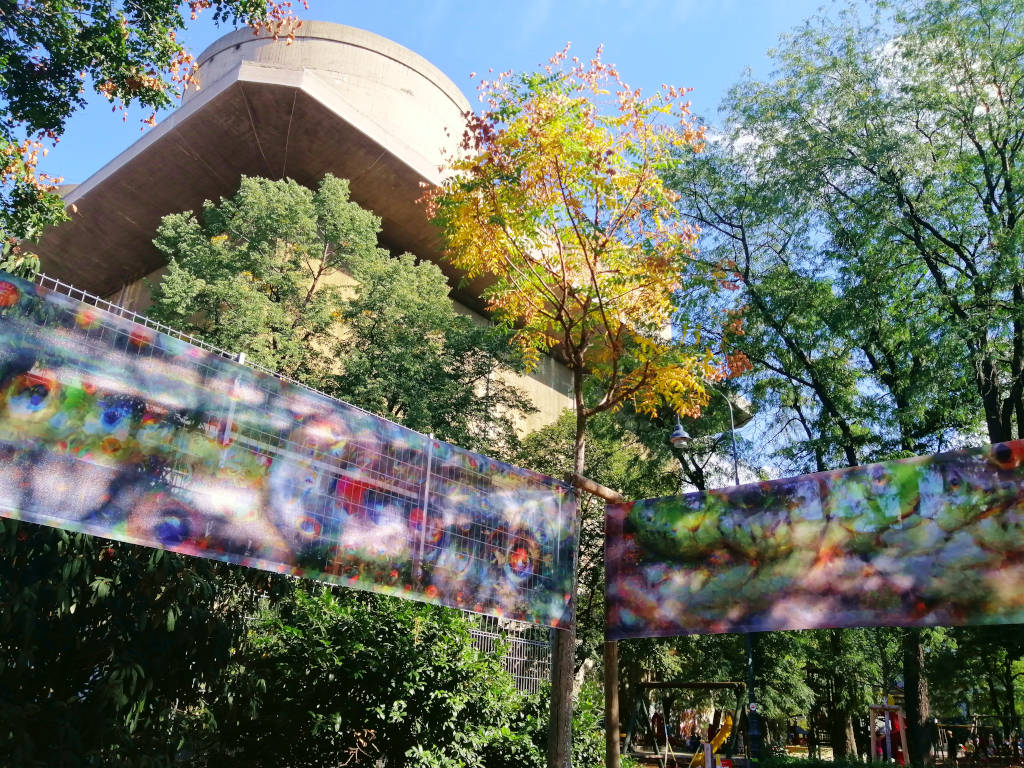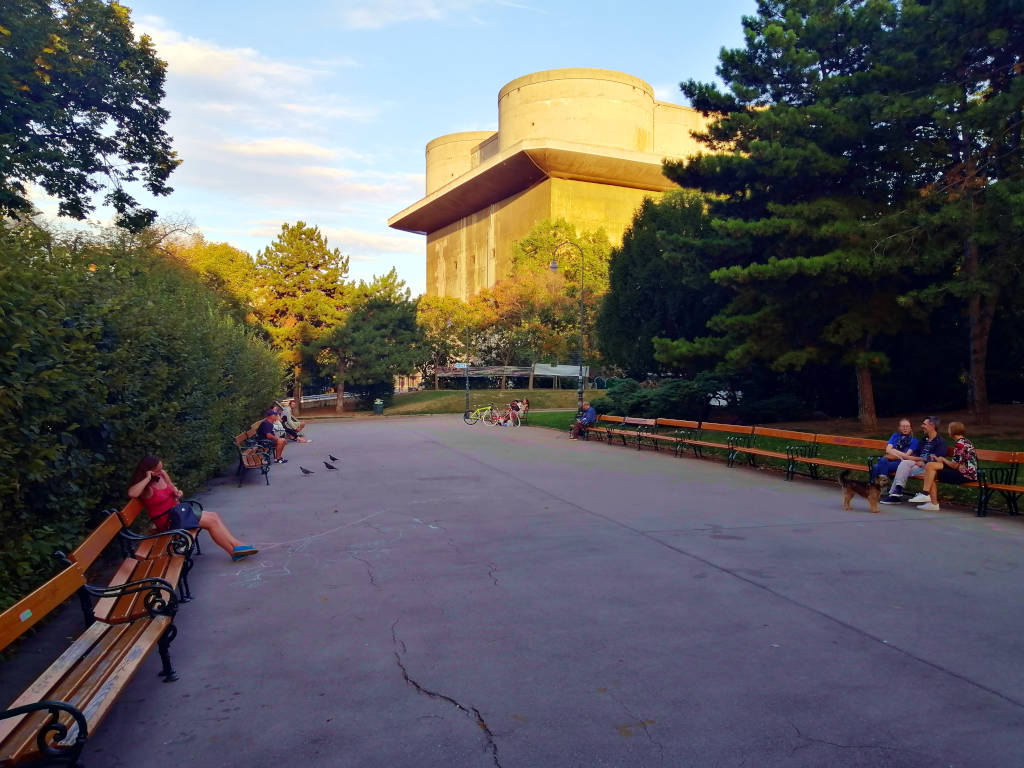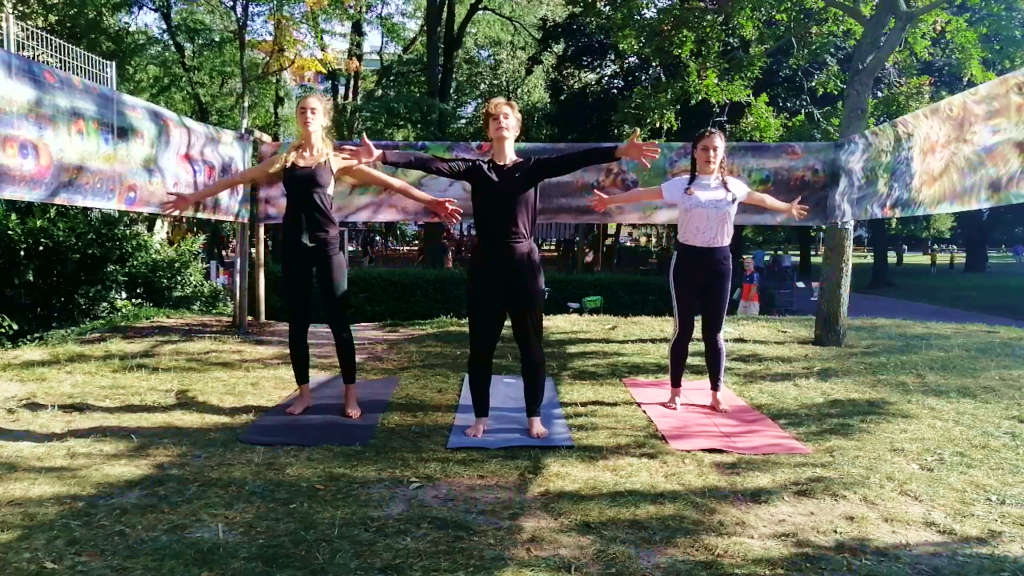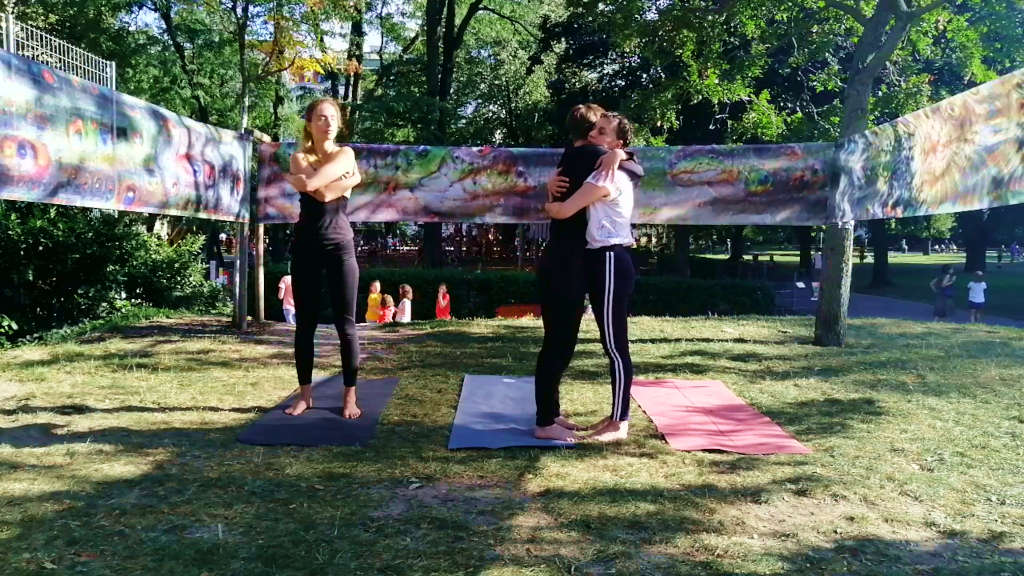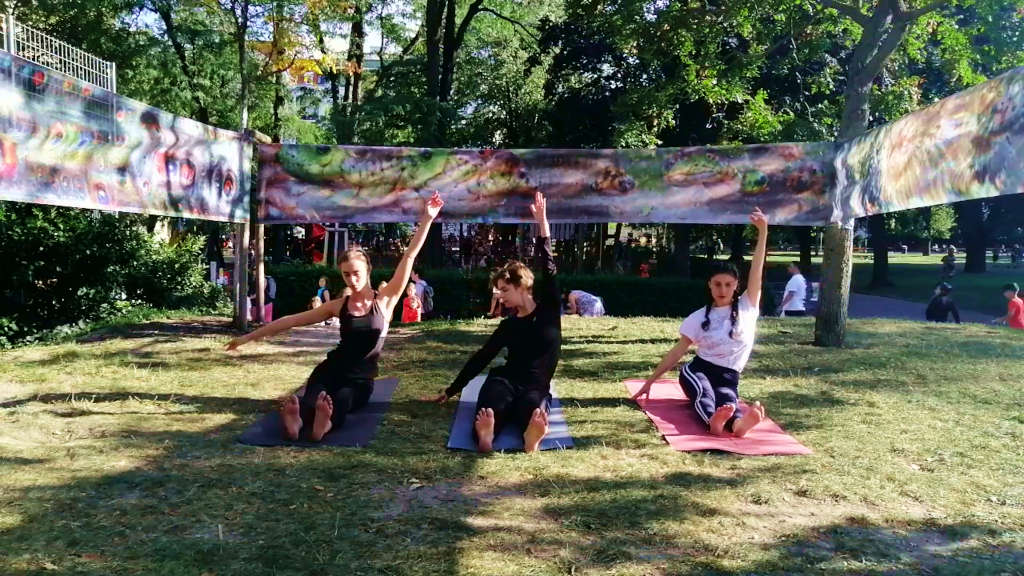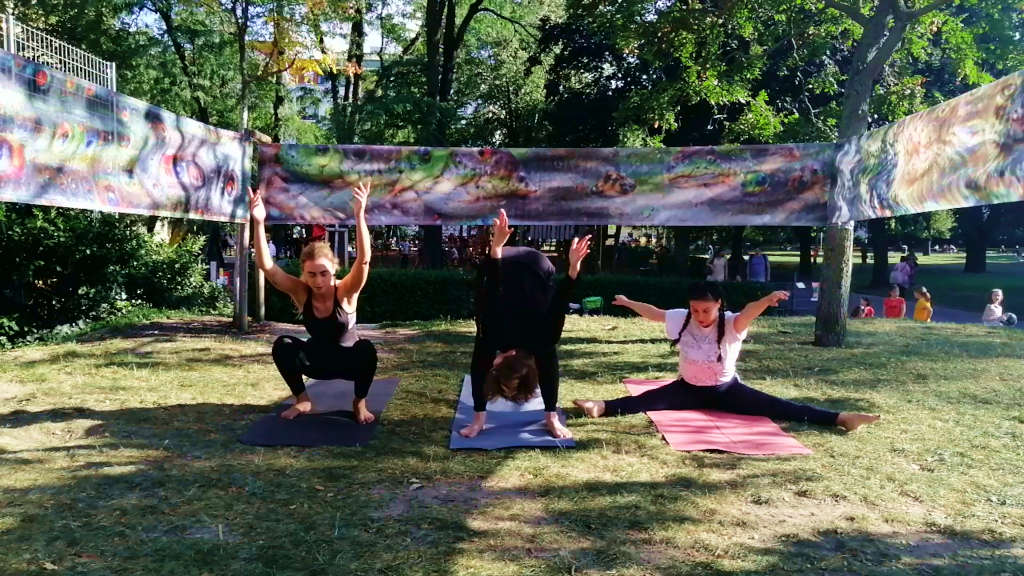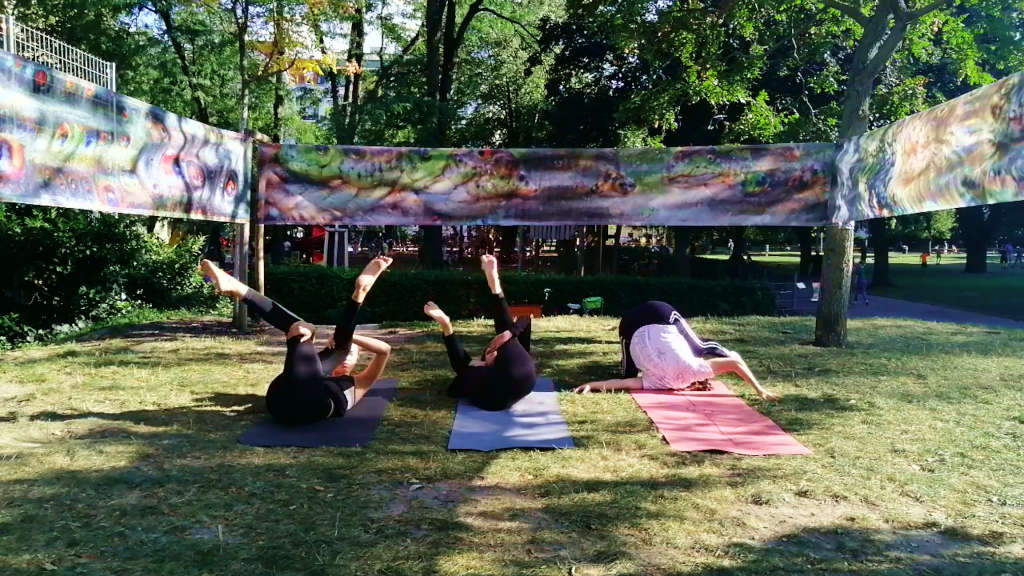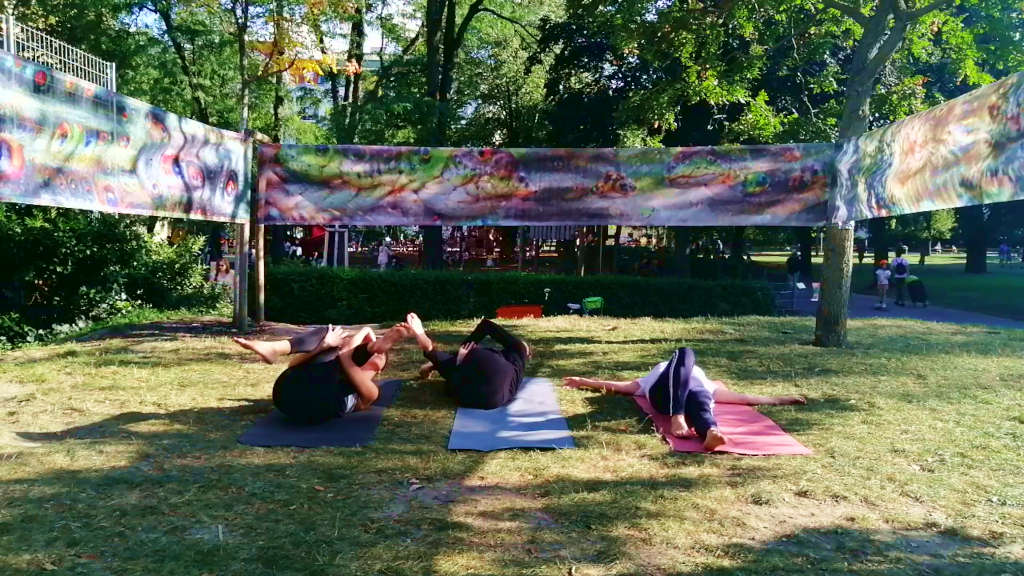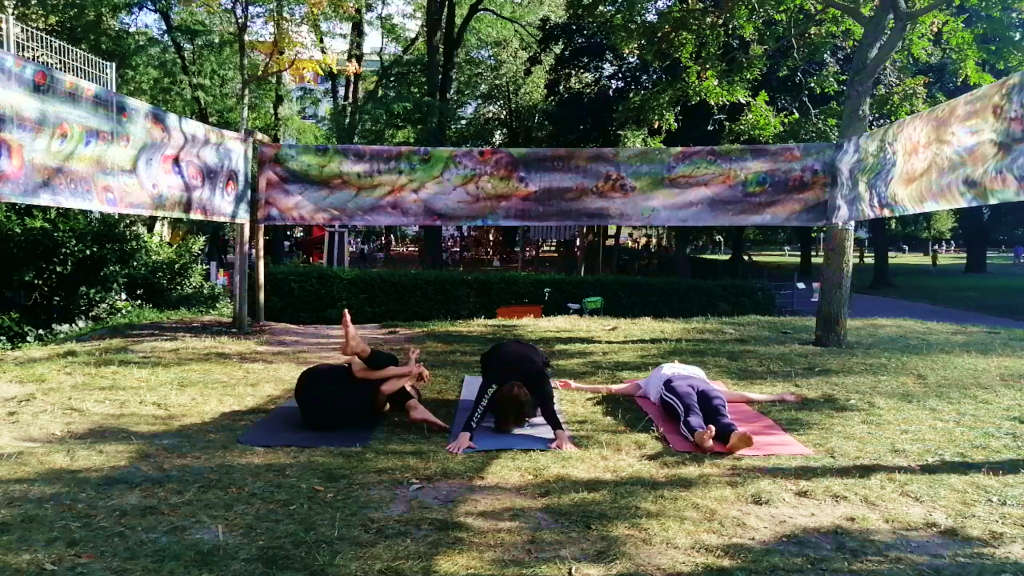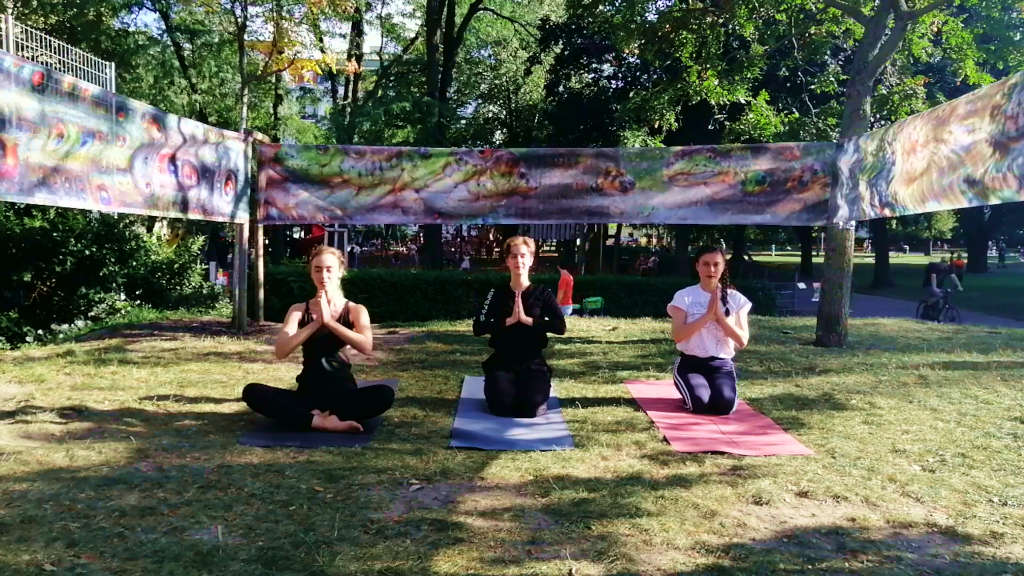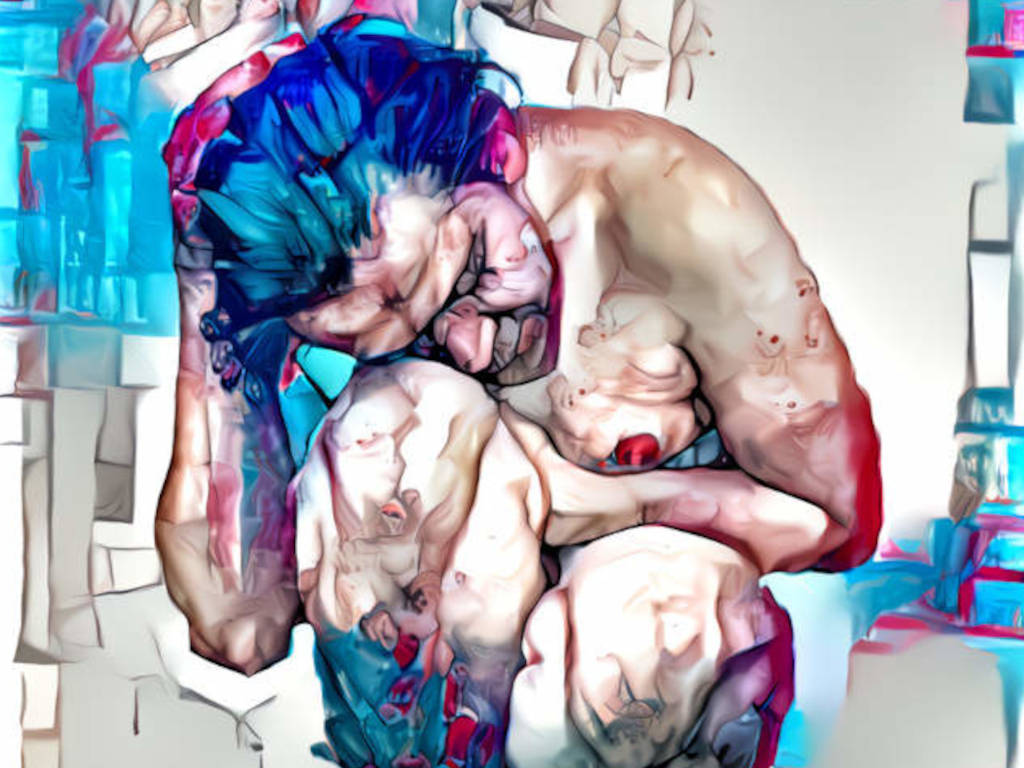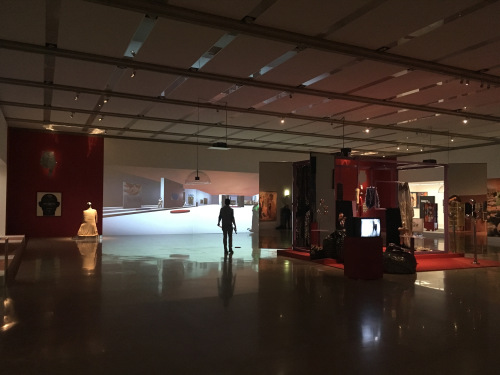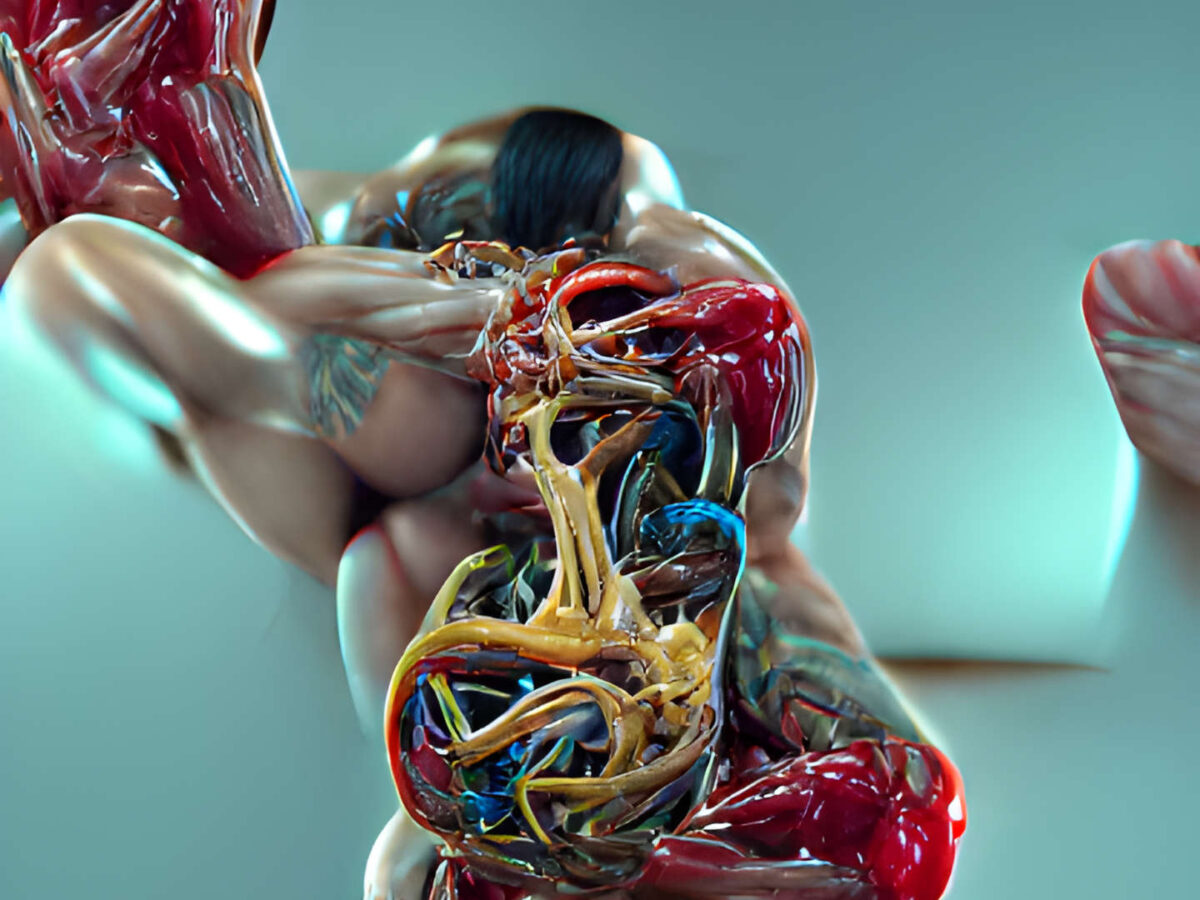Among those walls, I laid and listened
2021, Expanded Painting Installation at Arenbergpark, Vienna (AT). In cooperation with Basis Kultur Wien and Kultur im Dritten.
2021, AI-generated Yoga Performance Project in cooperation with Anima Fabrik.
2022, Charitative upcycled bag collection in cooperation with Basis Kultur Wien and Kultur im Dritten. More information coming soon. Stay tuned and follow me on Instagram for the latest news about this project.
The art of the future
Ever since Homo sapiens has existed, he has invented things to make his life easier. Tools that make him stronger, more powerful, and able to overcome the constraints of nature. But this story of empowerment is riddled with a dichotomy that is still felt today and worries many people. The more they want to control the world, the further it moves away from them. Technical progress creates a distance to nature, even to one’s own naturalness: it becomes abstract. Thus, man overcomes everything that seems strange and threatening to him, only to alienate himself and to perceive his own actions as a threat.
With the light bulb he has an artificial sun, with the hotplate an artificial fire, and not infrequently he imagines himself as a great work of art, which makes him happy and which he deplores; he is the victor of progress. And yet he feels himself a victim of it, enjoys the freedom, and sees himself uprooted. He still wants to go back to an order that is not made but given. Back to the lost paradise that knows no progress and overcomes the disenchantment of modernity. It is not least this dichotomy that drives the dream of the creative machine and makes it seem seductive. In this dream, distance is overcome. Here, first and second nature meet.
The artwork “Among those walls I laid and listened” picks up elements of different instances of reality. In this case the idea of instances of nature, by deliberately extending the model of artificial intelligence by parts of pure reality and its history.
The human being and the machine.
Even more: the dream points beyond itself and develops. Because it is about art, about the realm of signs and symbols, it develops into a grand narrative that builds on the fact that man and machine are no longer pacified. In the long run, the principle of opposites as such also disappears. Just as creativity as a guiding social value blurs the distinctions between top and bottom, marginality and significance, original and copy, the creative machine pushes toward a third nature in which any clear boundary would be overcome.
It is primarily this hope that makes the dream of the creative machine a dream of digital modernity, in which many spheres of life merge and the old thinking in terms of strong distinctions, whether between the sexes, the genres of art, or between humans and other living beings, gives way to thinking in terms of hybrid values. This hybridization has many dimensions and is usually accompanied by the ideal image of a new immediacy that bypasses any kind of intermediate instance.
Among those walls and their contexts…
In economic terms, this “kill-the-middleman” principle is concealed in the demand for the abolition of the old landlord function of department stores, cab centers, or travel agencies, and ultimately in every form of specialization. Because everyone can and should now produce and offer goods themselves. Use his car as a cab, like Uber, or offer his apartment as a guest house on Airbnb.
In political terms, too, the ideal of immediacy carries the discourse: when something is demanded, every form of representation is to be skipped in order to develop a liquid democracy in which the will of the individual and thus also the will of the people can be articulated directly and undisturbed. The idea of the dissolution of boundaries carries both the natural sciences and the humanities. And it finds a broad echo in art, which traditionally sees itself as a transgressive force.
Among those walls and beyond…
Carolyn Christov-Bakargiev, the director of documenta13, argued in a 2012 interview that animals and plants should be emancipated in such a way that even a strawberry can express its political intent. In her eyes, there would be no fundamental difference between women and dogs or between men and dogs, nor between dogs and the atoms that make up their bracelets. A way of thinking that emphasizes not what separates but what connects. And that there is also no categorical difference between organic and inorganic matter, looks back on a very long tradition. It was probably even this thinking that enabled people to develop an artistic practice in the first place. […]
Among those walls: 5 Poses aka. 5 Fossils
The signs had to have an inherent power of their own. Only those who believed that they had a life force of their own could consider them magically powerful. Such a magical power is still alive today. For example when people cut up a photo of their loved ones and feel an inner resistance. Because it seems to them as if they are cutting up something real. This power is also evident in the monument overthrows of the present. When protesters kick and spit at a sculpture as if they might hit the perpetrator of violence himself. This animistic trait of art, where representation and represented coincide, has also been cultivated by many modern artists.
For example, by the Swedish artist Hilma af Klint, who wanted to transform fabric into the spirit. Or by the American painter Agnes Pelton, who believed she could make contact with spirits through her semi-abstract paintings. Here art appeared as a medium, it was supposed to mediate between the spheres. Such qualities have long been attributed to art; its magical, alchemical, and mysteriously dark qualities have been discovered. And it is this tradition, among others, that is inscribed in the dream of the creative machine.
Time its art and art its time
In the Renaissance, for example, ancient sculptures were long considered fossils. Often they first had to be excavated in the depths of the earth, that is, recovered in the realm of natural form. Accordingly, the works of a creative machine can be understood as fossils of the future, because in them a human and equally a non-human creative force can be recognized. Whereby the non-human, unlike in the Renaissance, is not lived through as divine but is thought of as third nature. At that time it was considered a foregone conclusion that creation itself produced the works. Today this is supposedly possible for algorithms. […]
From “The Art of the Future. On the dream of the creative machine” by Hanno Rautenberg

